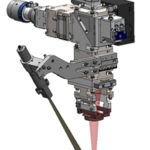- Head type: quality control systems
- Aplications: cutting, welding, laser surfacing
- Tasks: Control of head distance from workpiece, control of piercing and cutting process, control of lens condition, weld path tracking and weld inspection, measurement of weld depth, measurement of thickness of transparent materials
- Advantages: full control of cutting and welding processes on- or offline, high quality of cutting edges and welds, possibility of processing transparent materials
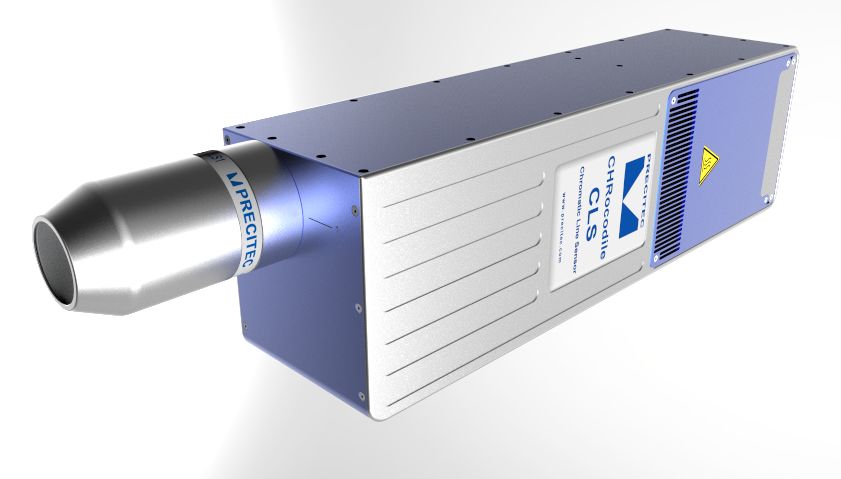
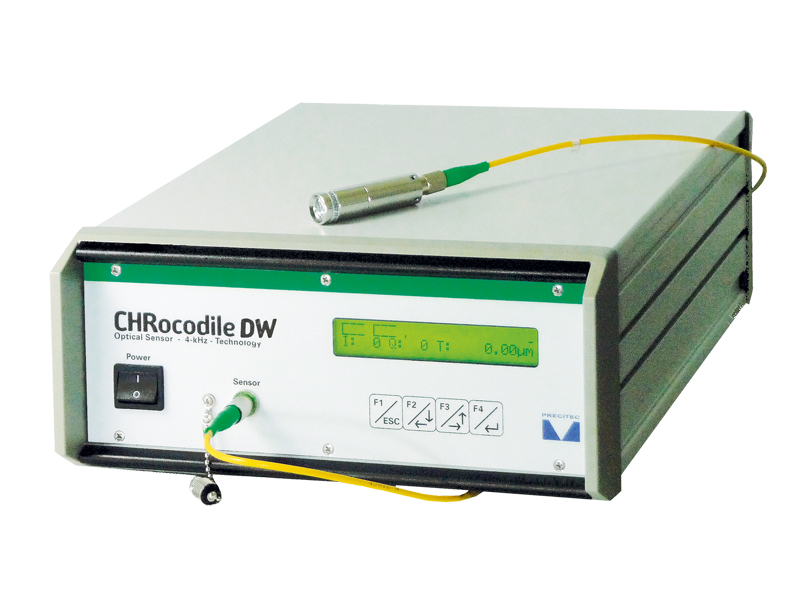
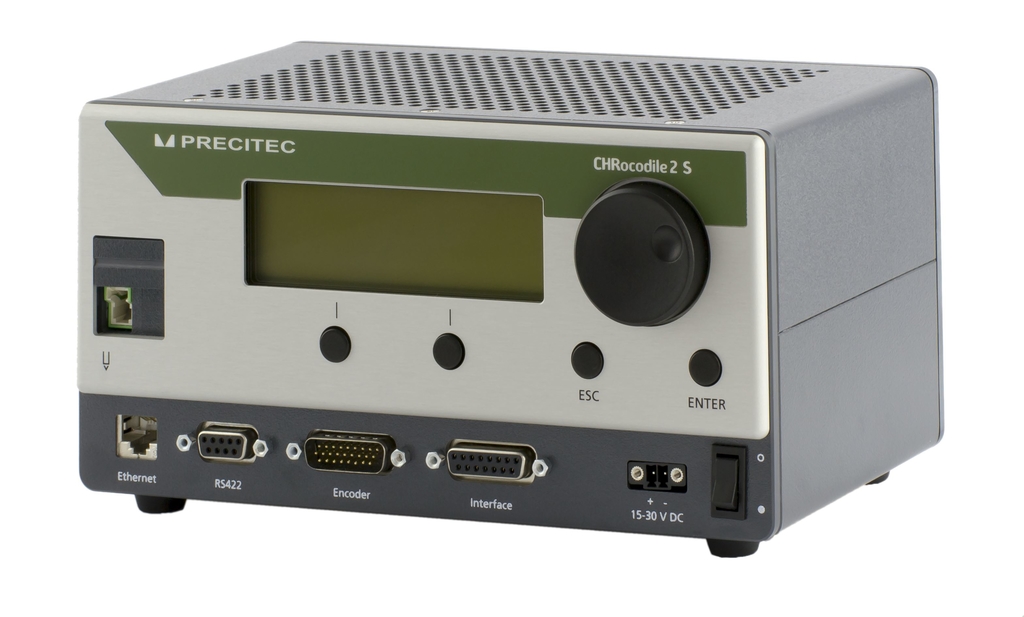
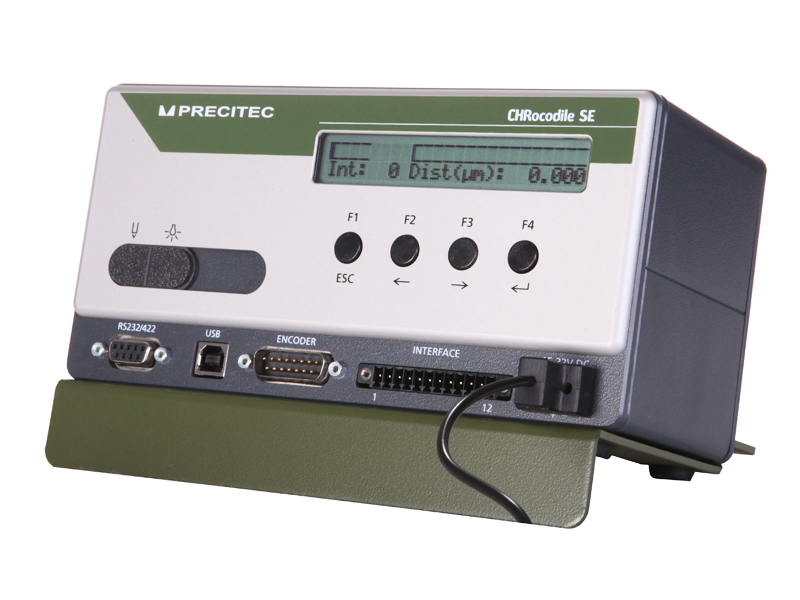
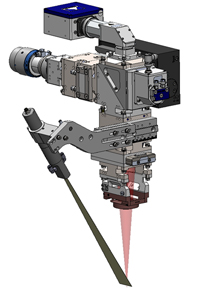
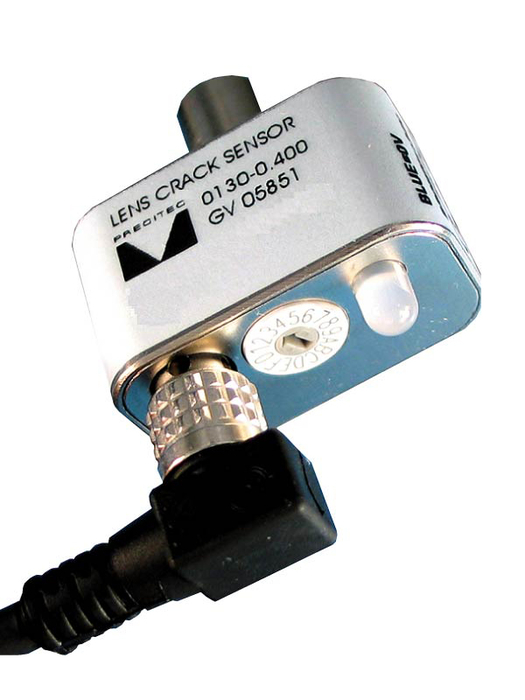
The high quality of the cut gap and weld produced in the welding process depends on a number of factors, including the type of laser, the quality of the laser head design, the type of material, but also, increasingly, the sophistication of control and measurement systems that enable active supervision of the quality of the process during its execution. Allowing non-contact measurement of a number of variables – from distance, topography and thickness of the material, through the track and depth of the weld, to the quality of the cut edge – the sensors integrated with the laser head create conditions for automation of cutting and welding processes of various materials with full control over the process on- or offline.
. In the cutting process, an important role in ensuring proper edge quality while maintaining high processing speed is played by:- Distance sensors between the cutting head and the workpiece – prevent burrs, sharp edges and overly wide cutting gaps
- puncture detectors – monitor the process of piercing the material, informing about the quality of the cut, thus enabling the correction of errors already at the stage of their formation and reducing the number of defects when processing thick or hard materials
- lens fracture sensors – zapobiegają szkodom powstałym w efekcie przedostania się odłamków soczewki do przestrzeni roboczej obrabiarki
In the welding process, on the other hand – in addition to systems for controlling all on- and offline process parameters – weld path tracking systems, which locate the joint and, based on this, correct the head path during the welding process, are proving indispensable. And weld inspection systems provide information on the quality of the finished joint, enabling the reduction of defects. Also included in this group are innovative weld depth measurement systems that make it possible to identify defects in the internal structure of deep welds. The portfolio of welding process quality control systems we offer includes:
- WeldMaster platform – responsible for data processing and user support, depending on the application, various camera and sensor systems can be connected to it to measure and regulate the welding and laser surfacing process
- funcion WeldMaster Track – measures the position of welded workpieces and the welded joint
- ScanTracker – measures the position of the connection and its distance from the head
- WeldMaster Inspect – measures and compares weld parameters with preset quality criteria
- Laser Welding Monitor LWM – a real-time serial production quality control system that recognizes changes in welding parameters, weld joint deviations and joint errors
- In-Process Depth Meter (IDM) – determines the depth of penetration of the welded joint for all types of metals
A separate group of measurement systems are sensor systems adapted to measuring the distance and thickness of transparent materials, such as glass or liquids. They are usually based on one of two measurement methods – the confocal-chromatic method and the interferometric method. The former is used to measure the distance of the workpiece from the head and the thickness of the material. In both cases, white light of different wavelengths is fed via an optical fiber to the measuring head, which focuses it on the surface to be measured, creating a spot with a diameter of several micrometers. The reflected light of a specific wavelength is returned to the spectroscope, where – based on the distances assigned for each wavelength – the distance from the surface of the object is determined. Confocal-chromatic systems make it possible to measure distances not only for transparent materials, but also for reflective materials such as glass, paper, metals, plastics, liquids, etc. On a similar basis, the thickness of transparent materials can be measured by this method. In this case, not one, but two wavelengths corresponding to the two edges of the material (top and bottom) are recorded. The distance between these points corresponds to the thickness of the material, while the deviations found inform about its topography and shape.
The confocal-chromatic method allows testing materials from 1 to 37 mm thick. For thinner materials (2-250 μm) and non-transparent materials (plastics, silicon), the interferometric method is used, in which the function of the interferometer is performed by a sensor that measures the overlap of waves in order to compare them with the interference pattern corresponding to a given material thickness. This method also makes it possible to measure multiple layers and locate air gaps between them.
In our offer you will find a range of measurement systems from Precitec dedicated to both cutting and laser welding processes. These sensors – designed for integration with the laser head – are individually selected to meet the needs of the application.

